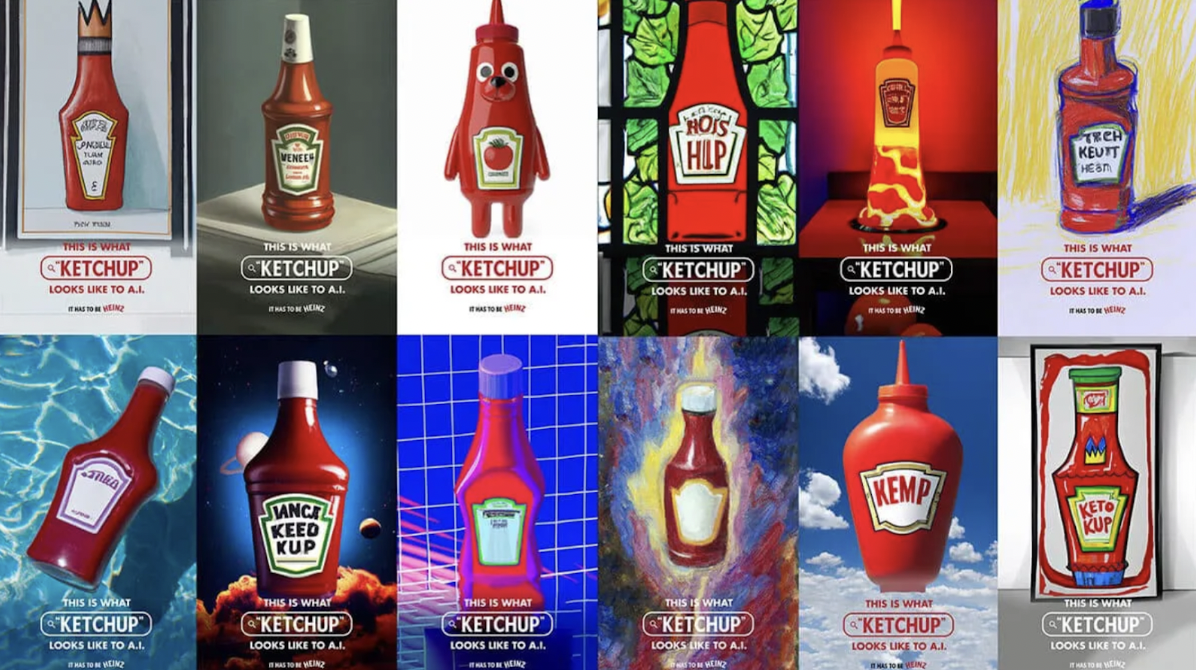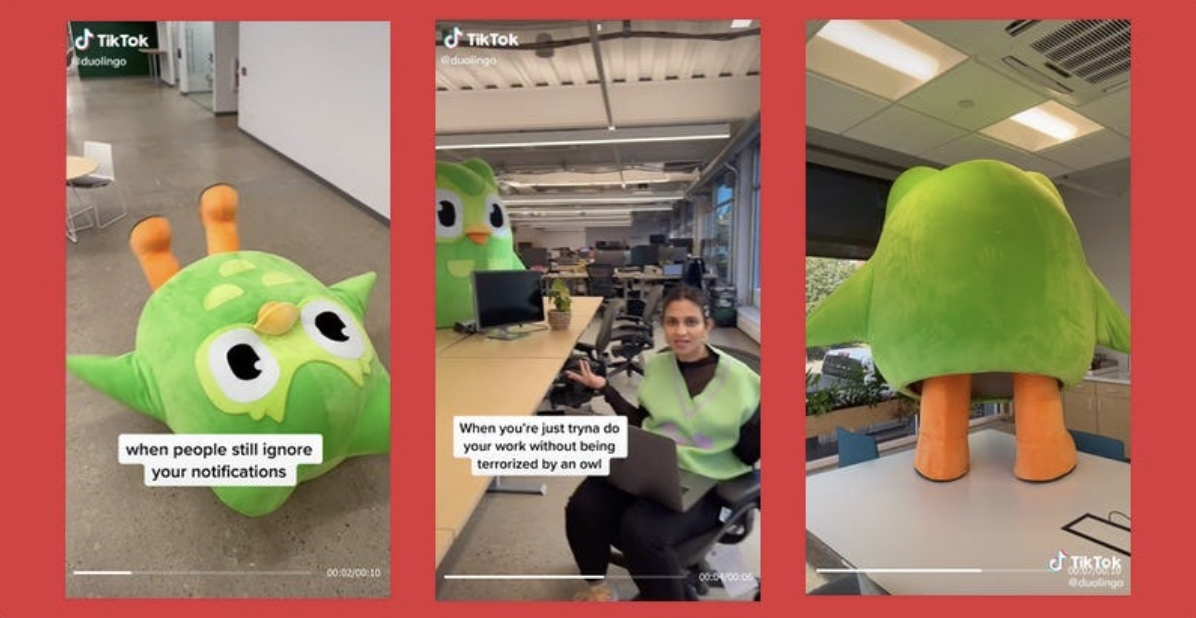How AI Is Transforming Advertising — And Why Authenticity Matters Now More Than Ever
In 2025, AI is no longer the future of advertising, it’s the present. From chatbots that answer questions in seconds to algorithms that know what we want before we do, AI is reshaping how brands connect with consumers. But as automation skyrockets, an interesting paradox is emerging: the more advanced the technology, the more consumers crave something deeply human, authenticity.
So, how do we balance both? Let’s break down how AI is transforming advertising, the risks of going too robotic, and why the brands that will win are the ones that stay real.
AI Has Taken Over — Here’s What That Looks Like
Today, more than 80% of digital display ads in the U.S. are bought and sold programmatically, meaning AI decides in real-time who sees what ad, when, and where (Source: eMarketer). Gone are the days of vague mass-market campaigns; AI uses oceans of data to target hyper-specific segments.
Take Netflix, for example. Its legendary recommendation engine is powered by AI analyzing viewing habits to serve up the perfect show. Marketers took notes. Now, tools like Dynamic Creative Optimization (DCO) automatically tailor ad images, headlines, and CTAs for each user based on their behavior.
The results? According to Google, personalized ads driven by AI can deliver up to 80% higher open rates and significantly better ROI.
Photo by Pinterest
Content, On Autopilot
AI isn’t just buying ads it’s writing them too. Tools like Jasper AI and ChatGPT generate headlines, ad copy, product descriptions, and even entire video scripts in seconds. Need a banner ad resized into 20 formats? AI does that.
Brands like Heinz have experimented with DALL·E to generate quirky AI-made ketchup ads. The results? A buzzworthy campaign that felt innovative because it leaned into the “machine-made” vibe, but it worked because it was transparent and playful, not pretending to be something else.
Optimization on Steroids
One of AI’s biggest wins is taking the guesswork out of what works. AI-powered A/B testing platforms like Optimizely and Adobe Sensei can test thousands of ad variations at once. It’s not just “does this headline perform better?” but “does this color, font, image, placement, and timing combo drive the most clicks?” all in real time.
But There’s a Catch: The Authenticity Dilemma
Here’s the flip side. When everything is optimized and automated, it can start to feel… fake.
Consumers can sniff out generic AI copy. 61% of consumers say they’re more likely to buy from a brand they perceive as authentic (Source: Stackla). And 86% say authenticity is a key factor when deciding what brands they like and support (Source: Oberlo).
In 2023, Lush Cosmetics made headlines by ditching major social media channels, citing a need to refocus on genuine connections over algorithm-driven engagement. Meanwhile, platforms like TikTok exploded because users crave real, raw, imperfect content, not glossy ads.
And let’s not forget deepfakes. Brands have already run into backlash for using AI-generated influencers without disclosure. Consumers want to know if they’re talking to a human or a bot.
Why Authenticity Is Becoming the New Competitive Edge
Look at Duolingo on TikTok. Their scrappy, goofy, unfiltered videos featuring their owl mascot racked up millions of views — not because they were perfectly polished, but because they felt real and funny. They use AI tools for data and targeting, but the content itself is pure human charm.
Same with UGC (User-Generated Content). Brands that share real customer stories, unfiltered reviews, or behind-the-scenes peeks see higher engagement and trust. 92% of consumers trust UGC more than traditional ads (Source: Nielsen).
Image: Red Wing Shoe Co
How Brands Can Use AI and Stay Real
So, how do you get the best of both worlds? Here’s what the savviest marketers are doing now:
1. Let AI Handle the Boring Stuff.
Use AI to automate bidding, test creative variations, and segment audiences — but keep humans in charge of brand voice and storytelling.
2. Keep It Transparent.
If you’re using AI-generated content, own it. Heinz didn’t pretend its AI ketchup art was painted by a human. Transparency builds trust.
3. Mix Automation with Human Touch.
Combine AI targeting with genuine influencer partnerships, UGC, and community building. For example, skincare brand Glossier pairs sophisticated AI-driven email campaigns with real customer selfies on Instagram, the mix feels both personal and real.
4. Listen & Adapt.
Use AI tools to monitor sentiment, reviews, and conversations. If your audience feels turned off by too much automation, adjust your strategy fast.
The Road Ahead: What Happens Next?
Looking ahead, AI will only get more powerful, but so will consumers’ desire for brands that act like humans, not robots. Regulators are already eyeing deepfake disclosure laws. Platforms like TikTok and Instagram reward authentic, lo-fi content over perfectly staged ads.
In other words, if everyone has the same AI tools, the differentiator isn’t the tech it’s the human story behind the brand.
Key Takeaway
AI will keep transforming advertising, making it faster, smarter, and more efficient than ever. But the brands that win long-term will be the ones that remember: at the end of the day, people buy from people they trust, not just from machines that know their browsing history.
So, what do you think?
Do you trust AI-driven ads, or do you crave realness above all? Drop us a comment and let’s keep the conversation real, IRL.




